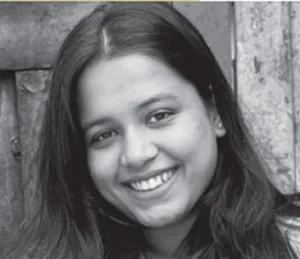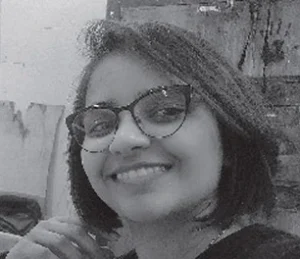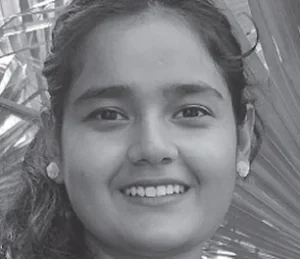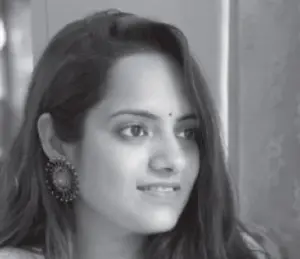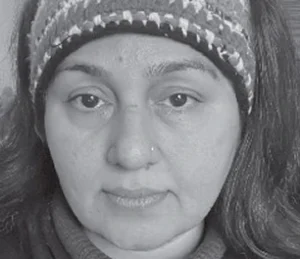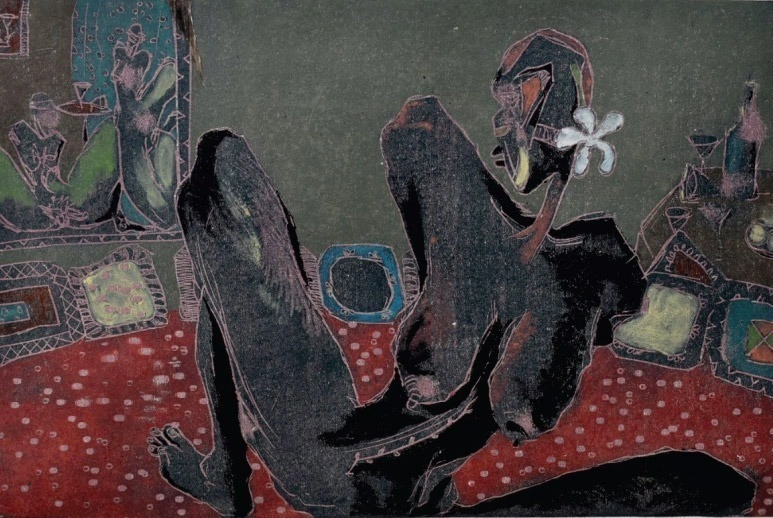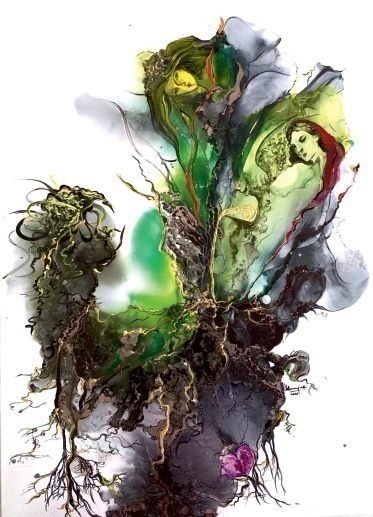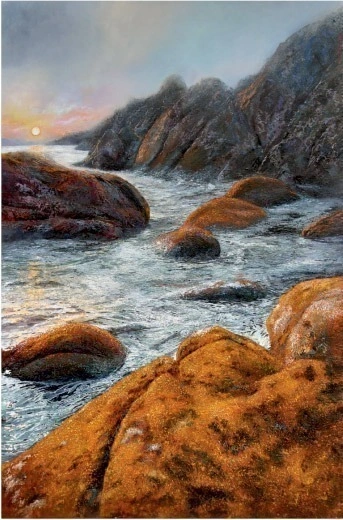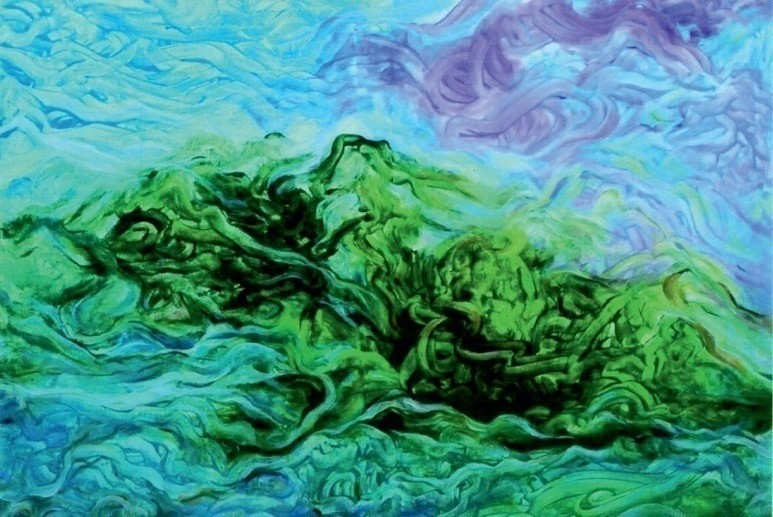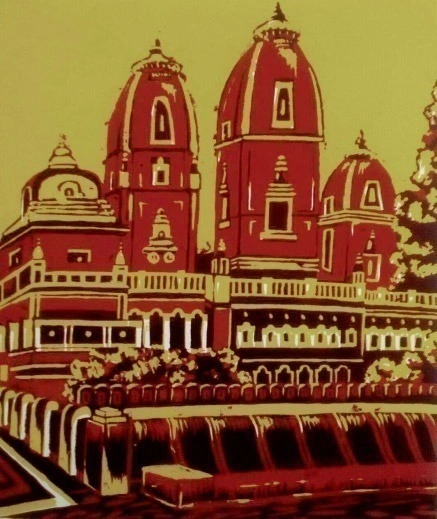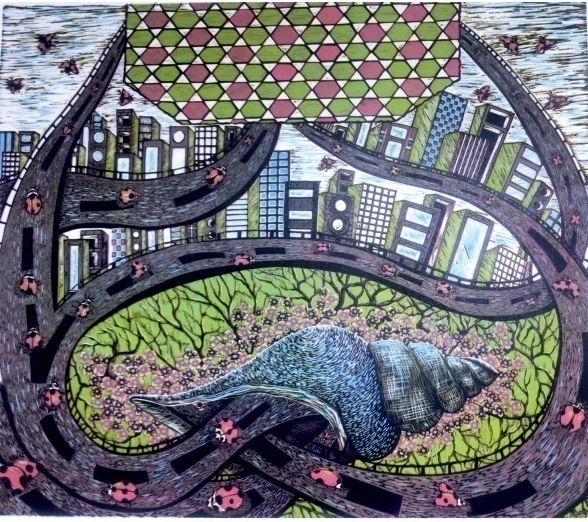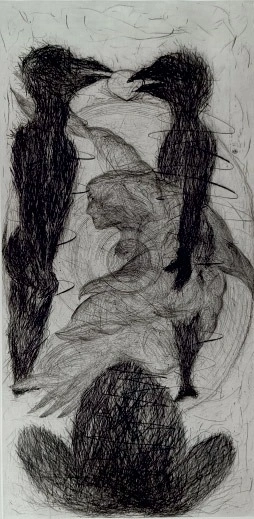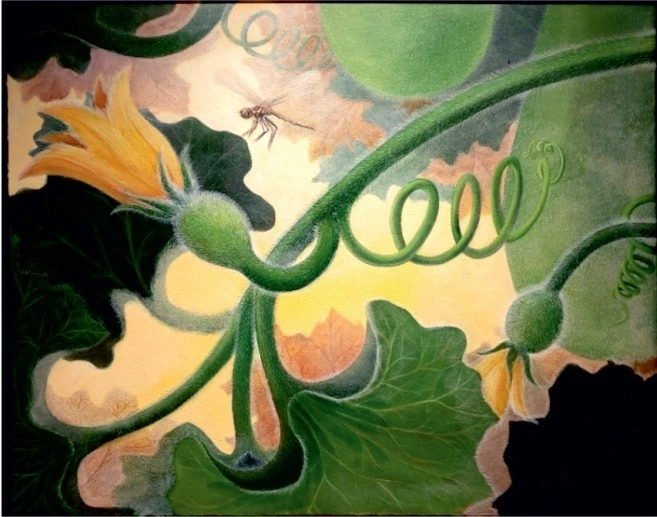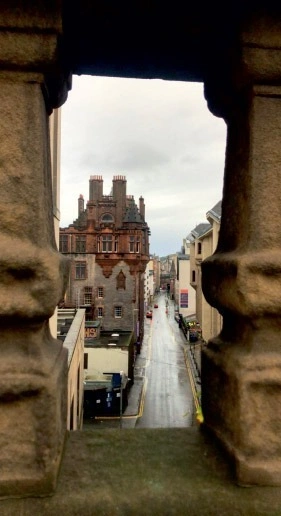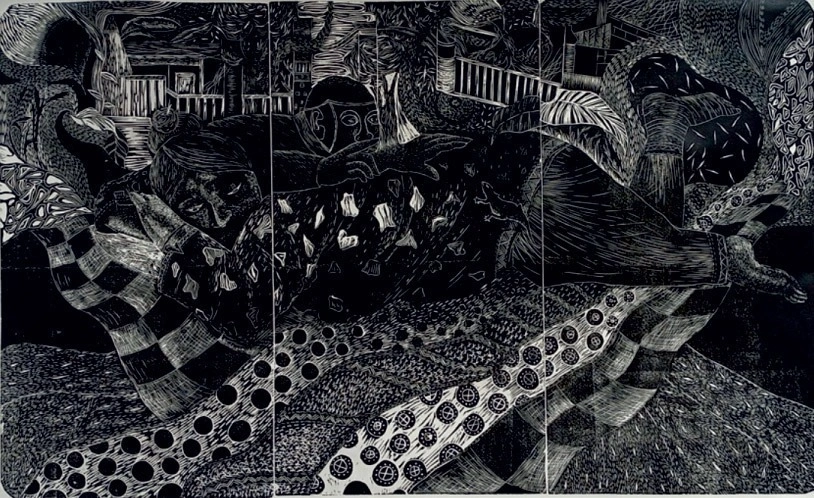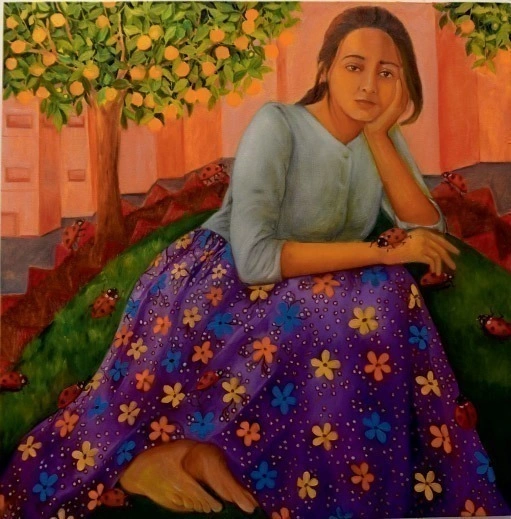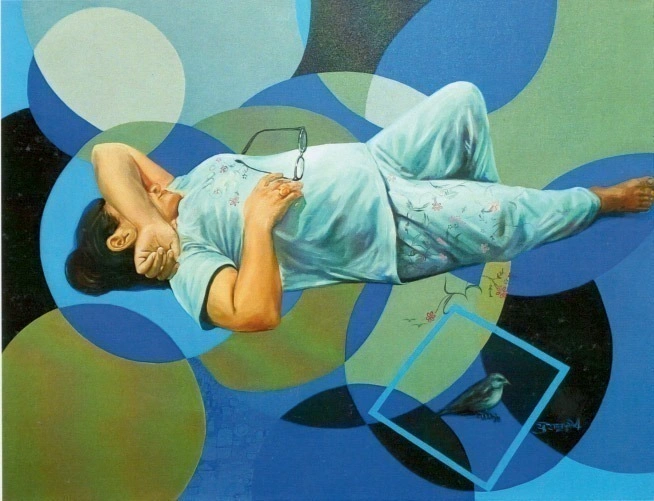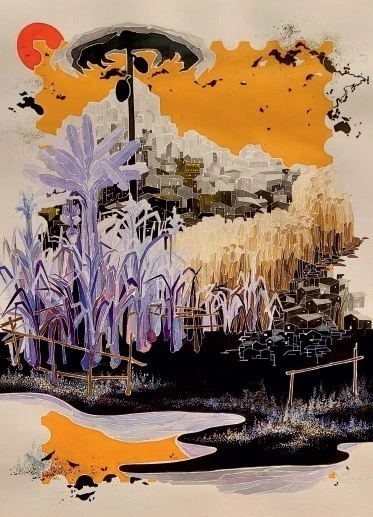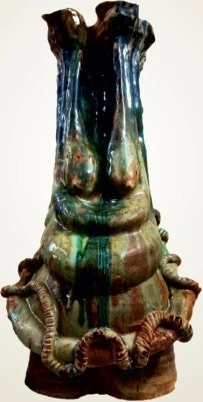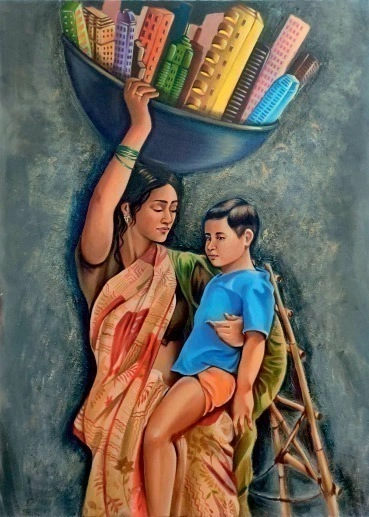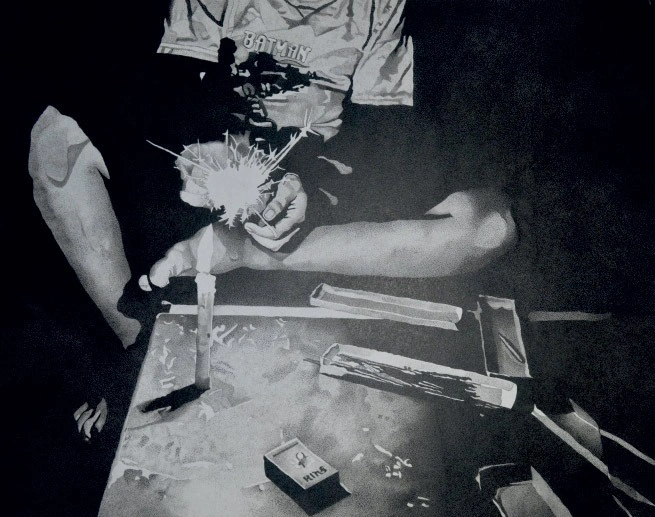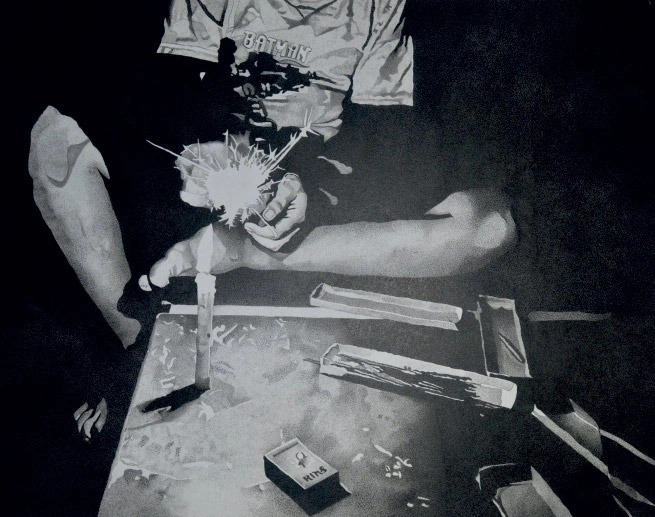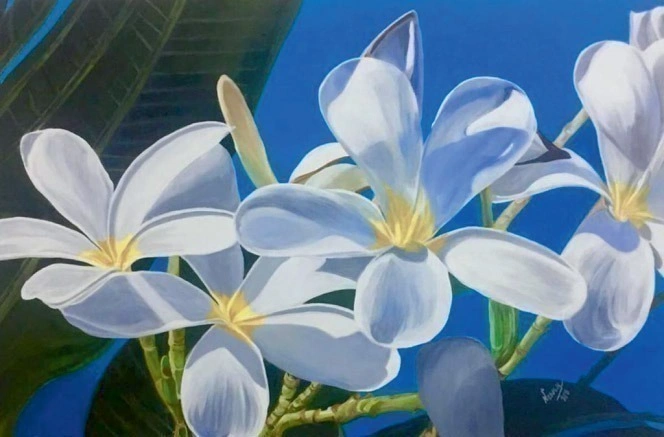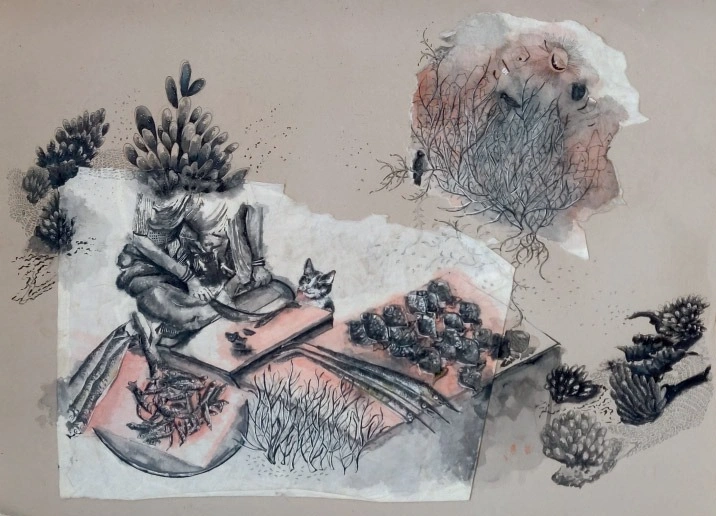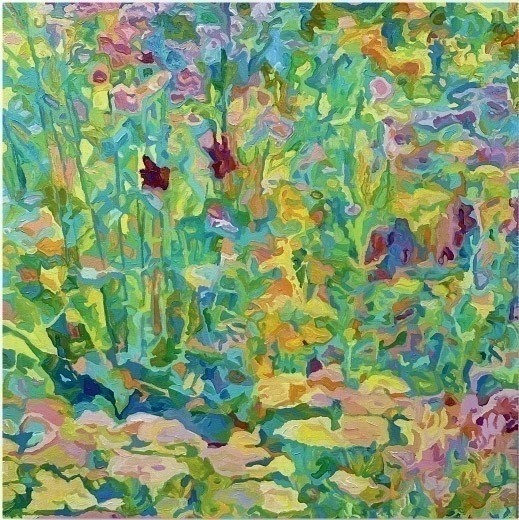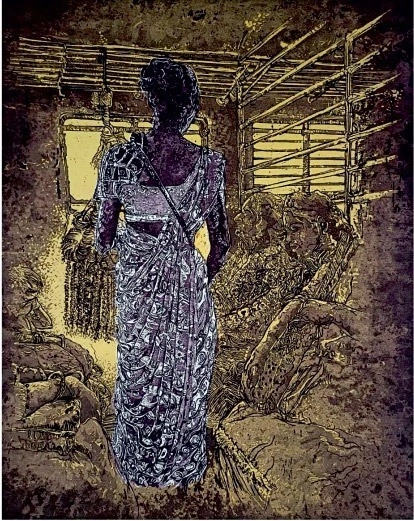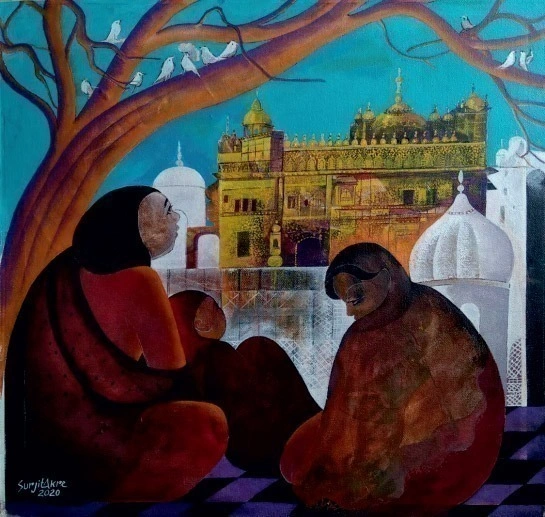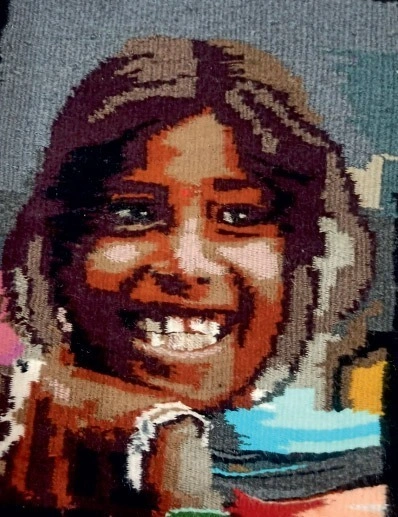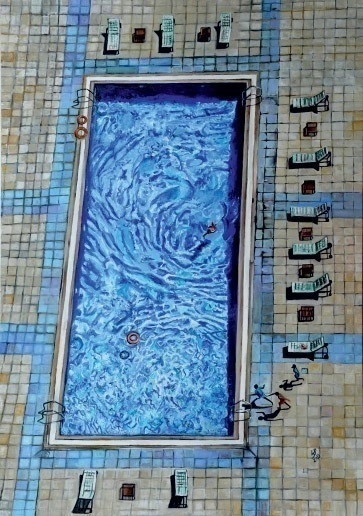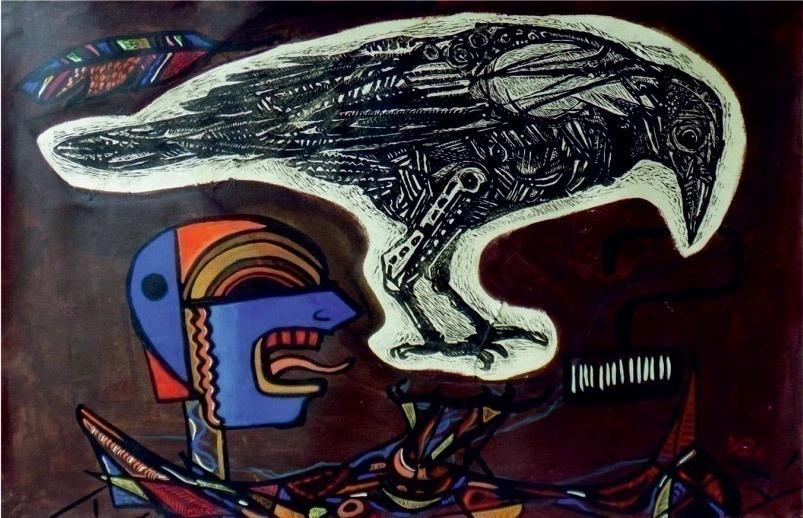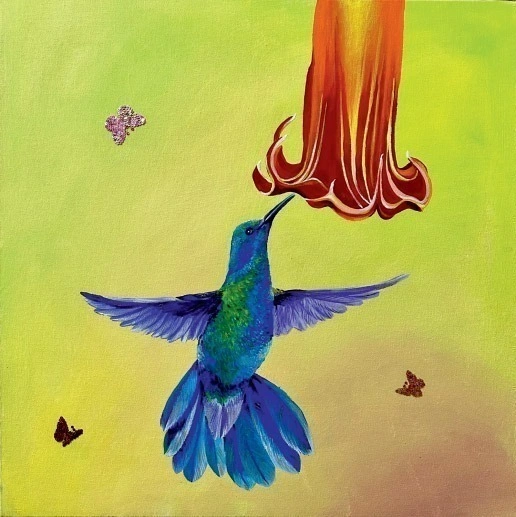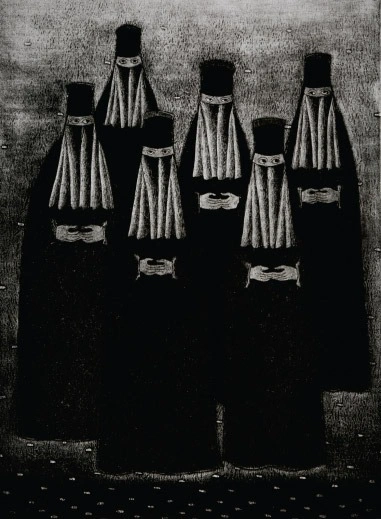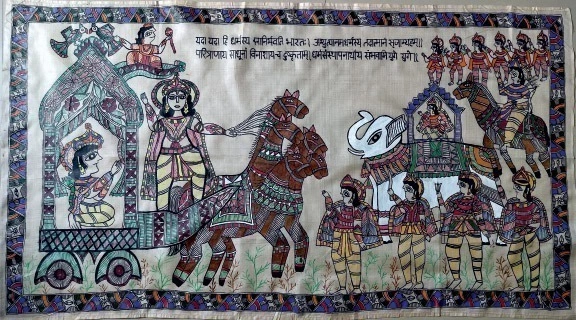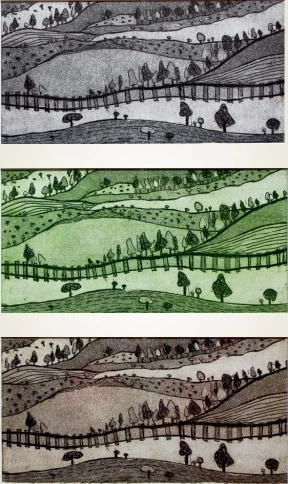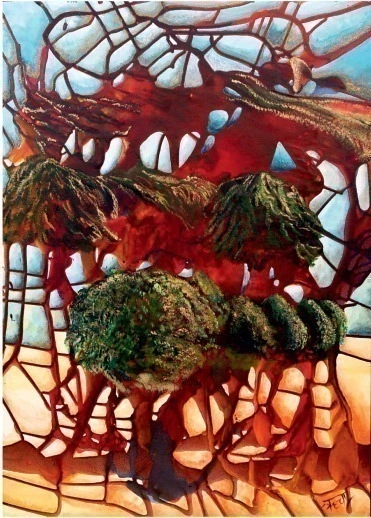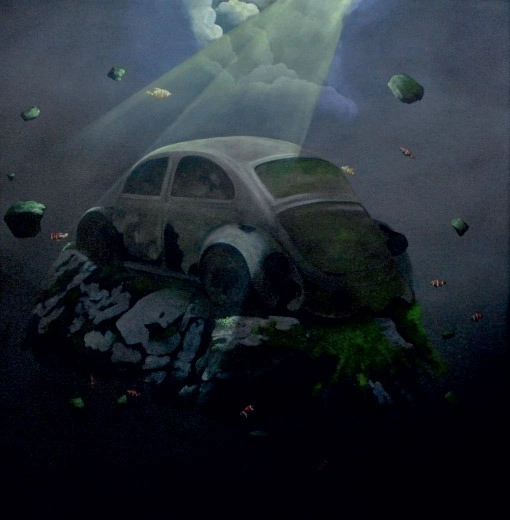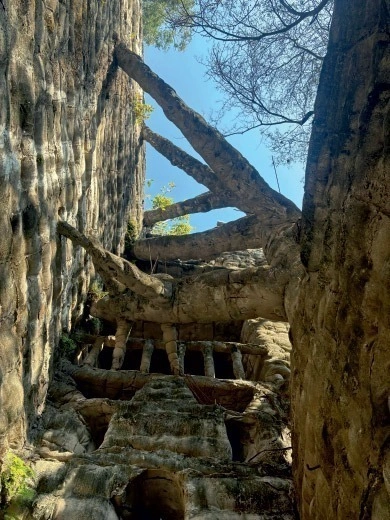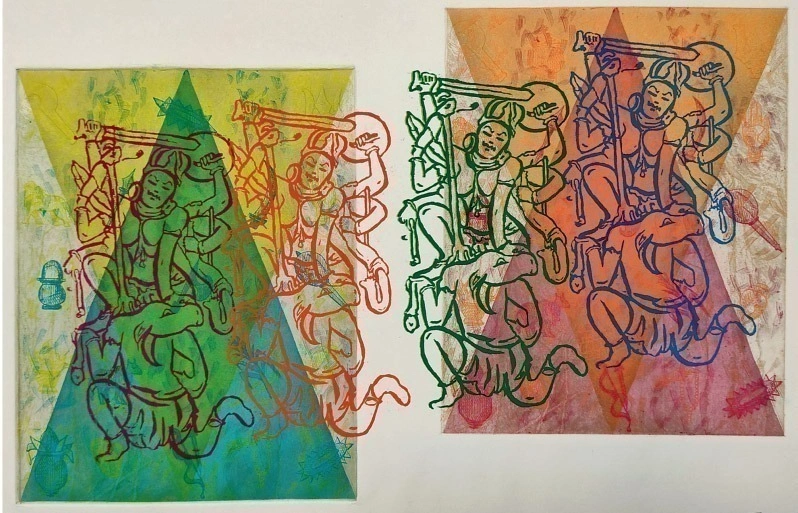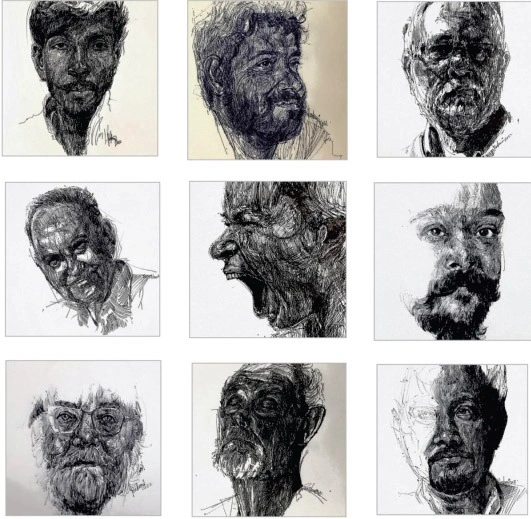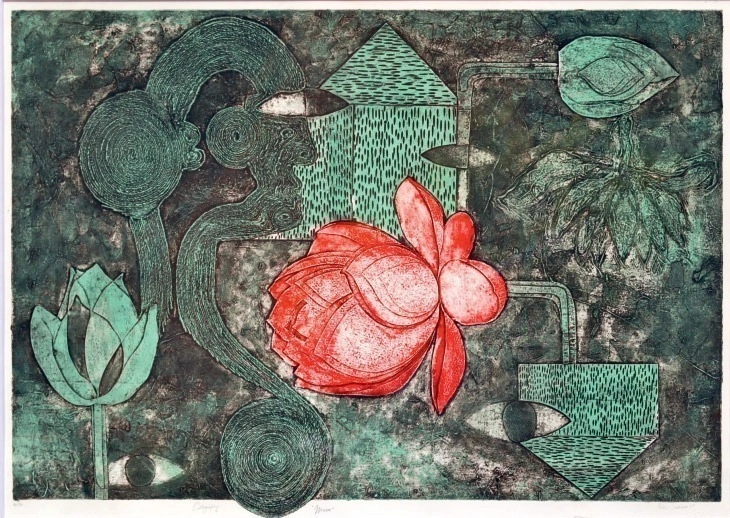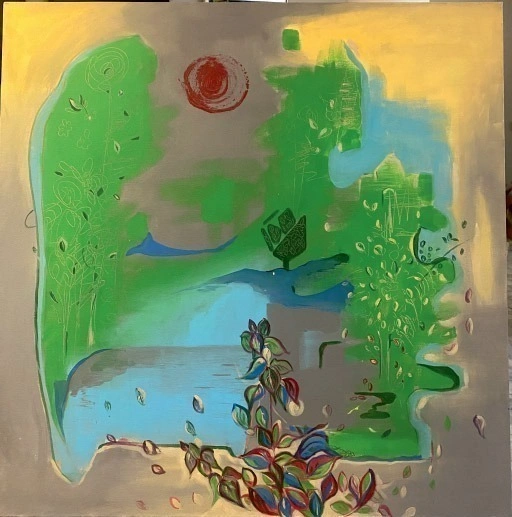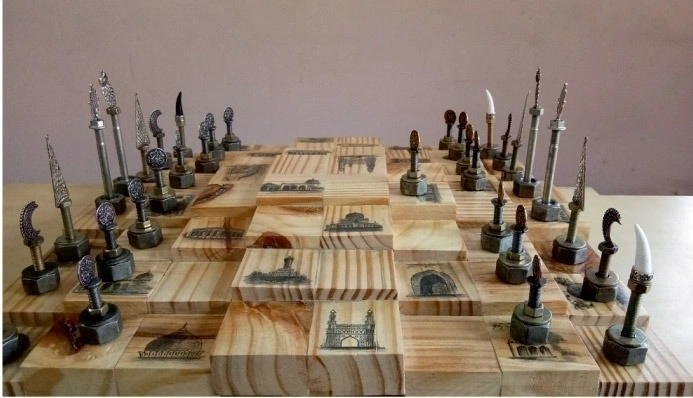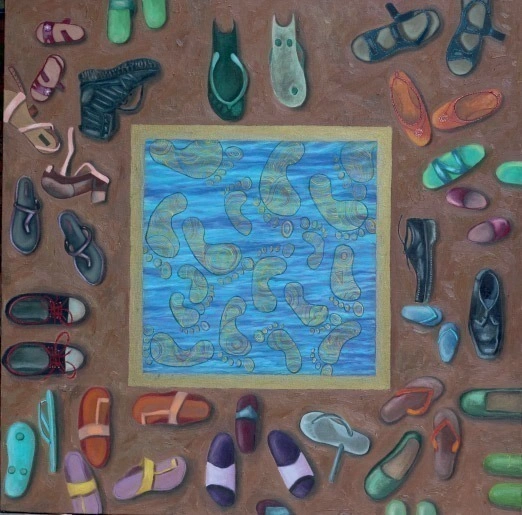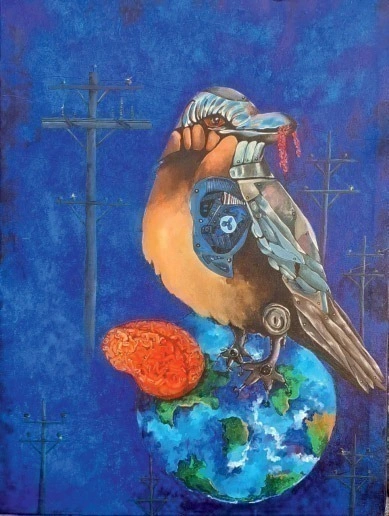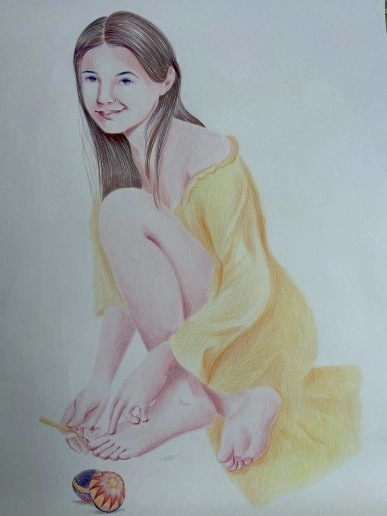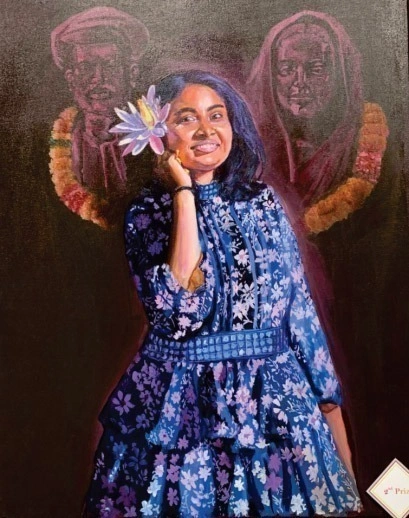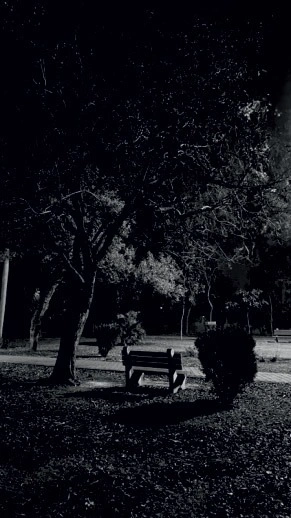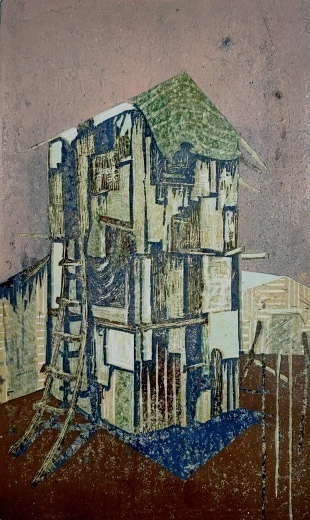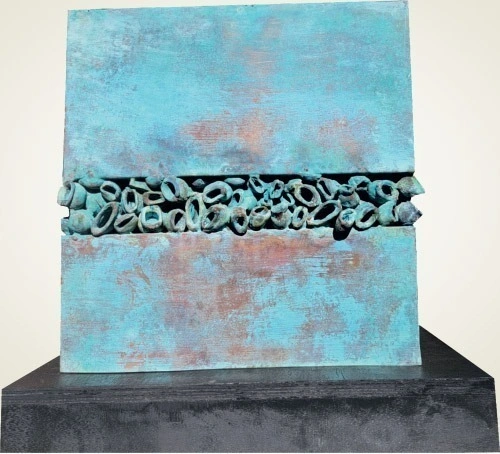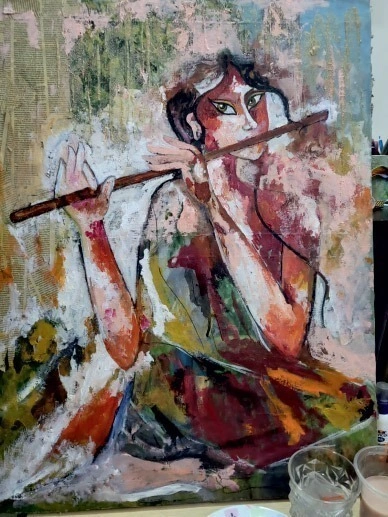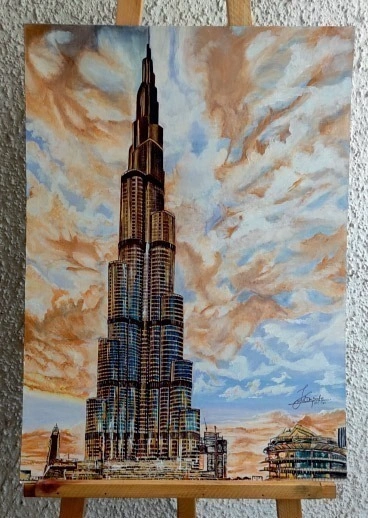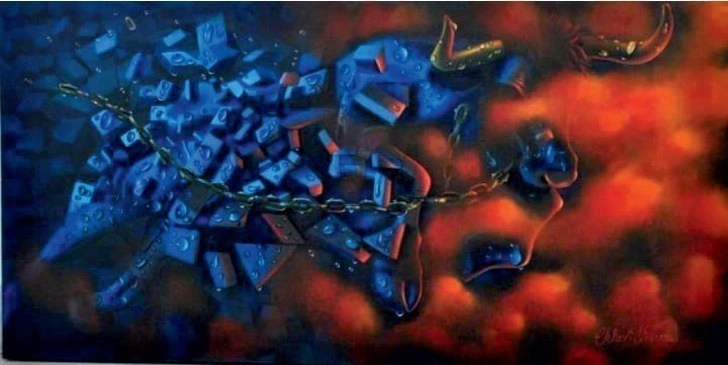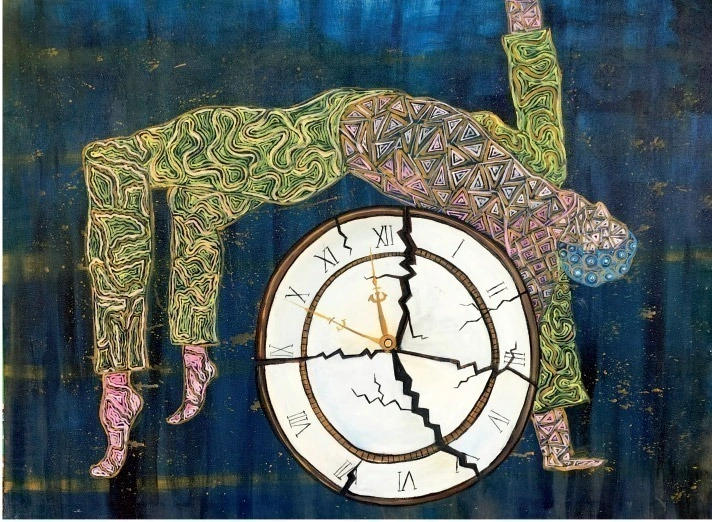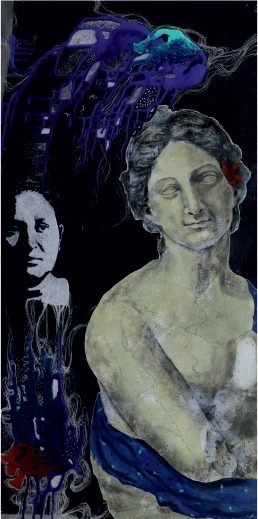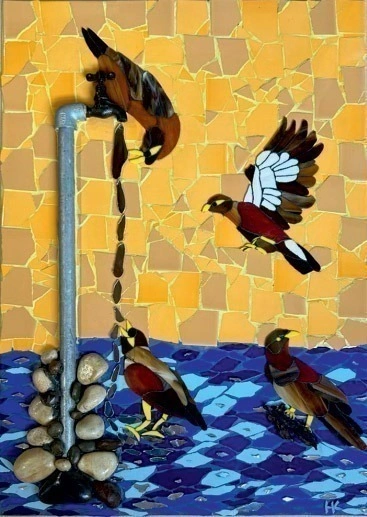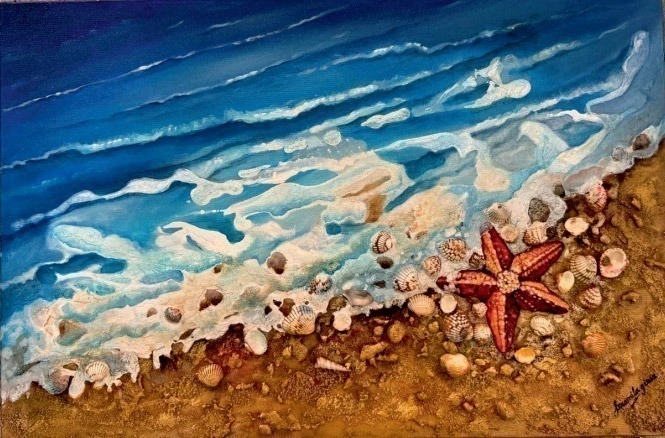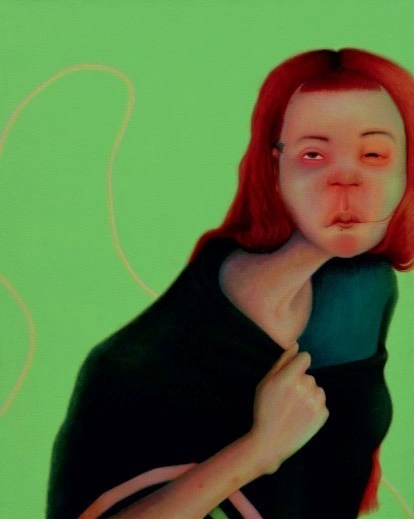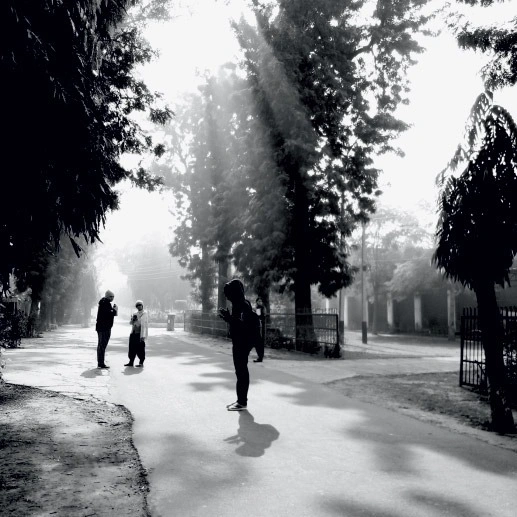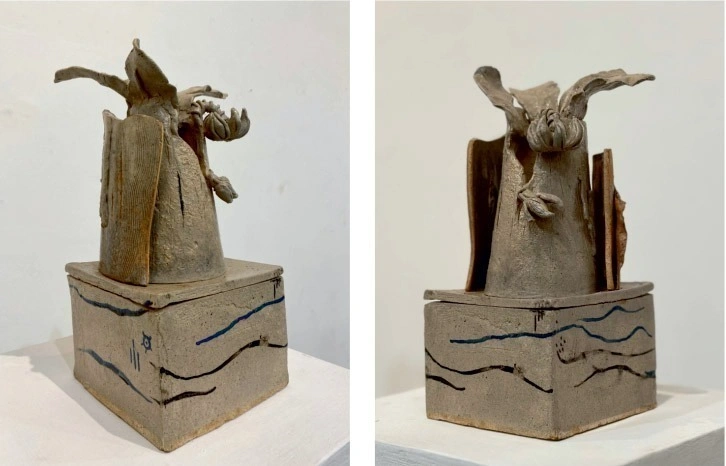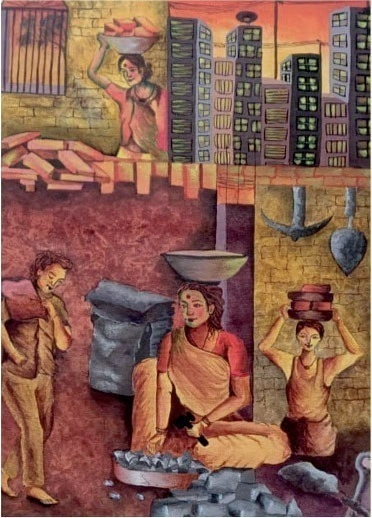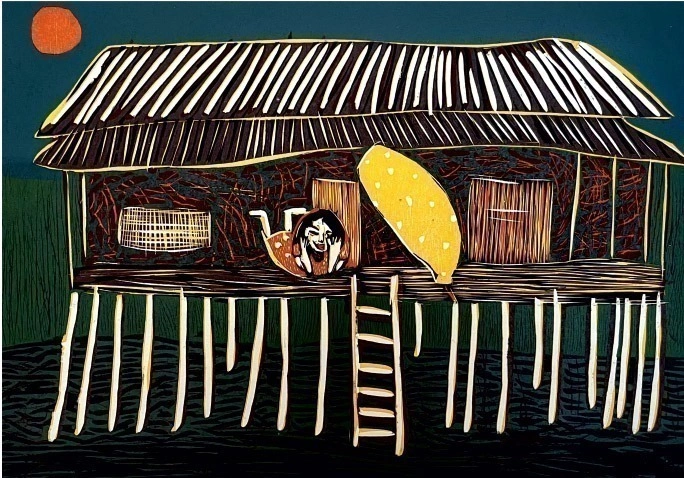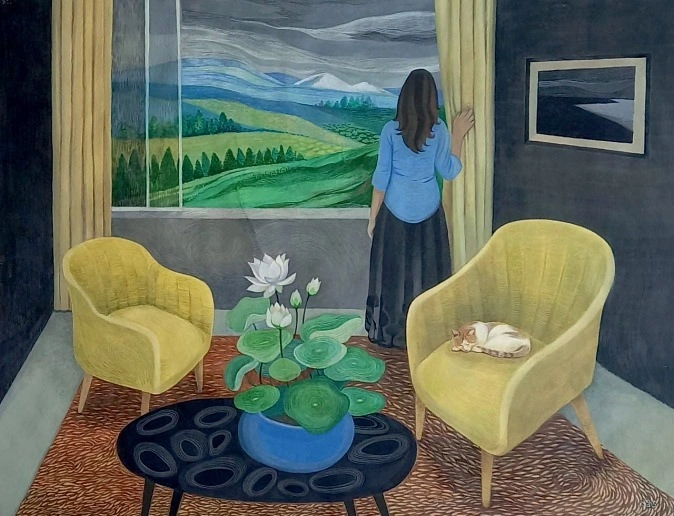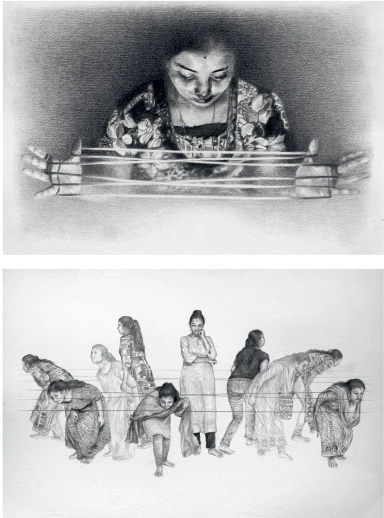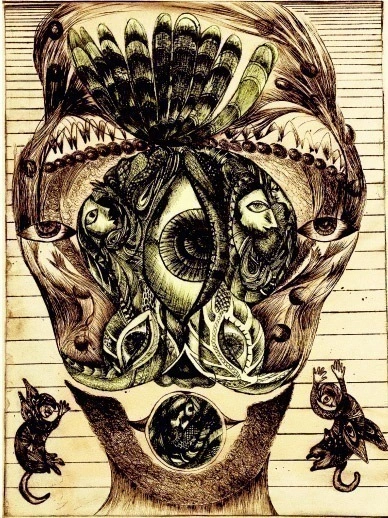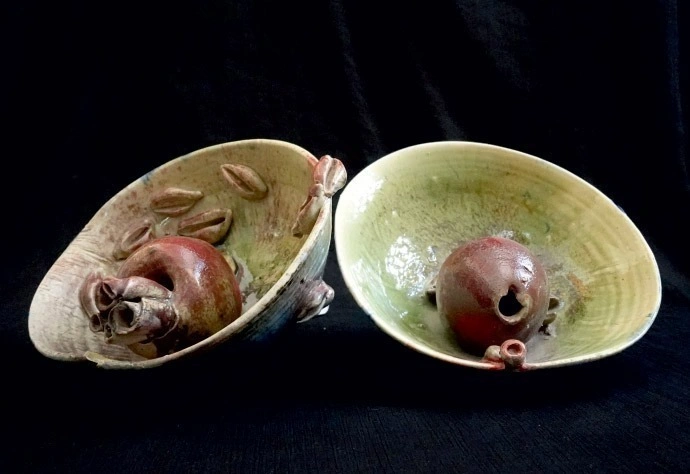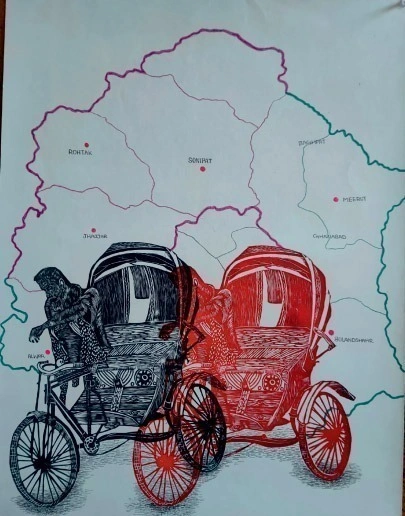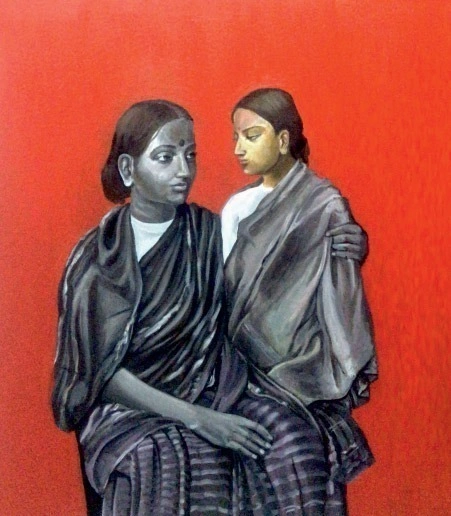All India Women Artists’ Art Exhibition 2024

CHIEF GUEST
Hon’ble Sh. Banwari Lal Purohit
Governor of Punjab and Administrator, UT, Chandigarh
I am glad to know that Artscapes, NGO is organising the 10th Edition of ‘All-India Women Artists’ Contemporary Art Exhibition’, featuring exclusively the works of female artists.
In a country as culturally rich as India, where art has been an integral part of our heritage, it is crucial to recognise and promote the contribution of female artists. Despite facing numerous challenges and obstacles, women artists have continued to express themselves through their art enriching our society with their unique perspectives and narratives.
Providing a platform specifically dedicated to female artists, not only empowers them but also inspires countless others to pursue their passion for art fearlessly. Artscapes’ commitment to fostering inclusivity and diversity in the art community is commendable.
My best wishes for the resounding success of the All-IndiaWomen Artists’ Contemporary Art Exhibition, 2024.
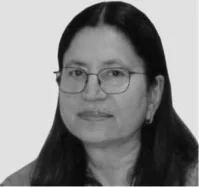
VICE CHANCELLOR
Professor Renu Vig
Vice-Chancellor ,Panjab University, Chandigarh
The Panjab University has played a significant role in the promotion of art and culture through its Faculty of Design and Fine Arts. The Department of Art History and Visual Arts, along with the Museum of Fine Arts, which houses a unique collection of modern art, has made its mark internationally. The Department of Art History and Visual Arts has consistently enriched the cultural landscape of both the university and the city.
It gives us great pleasure to welcome the 10th edition of the ‘All India Women Artists’ Contemporary Art Exhibition to the Museum of Fine Arts, a collaborative effort between Artscapes and the Department of Art History and Visual Arts. This exhibition has firmly established itself in the annual calendar as one of the largest exhibitions of contemporary women artists. It serves as a platform for young and emerging artists from across the country.
I extend my best wishes for the success of this art venture, both in the present and in the future.
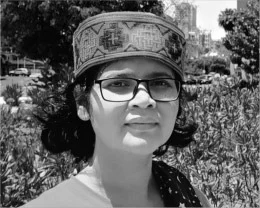
ART CRITIC
Dr. Rajashree Biswal
Art Historian and Curator, Fulbright Postdoctoral Fellow UC San Diego, California
Being (non-essential) woman artist: engaging with life through art
How can one think about the significance of ‘woman artist’ as a category in this phase of ‘post-feminism’? Although this category of ‘woman artist’ is a fraught one, it necessitates a reflexivity on the relevance of ‘ feminism’ in the contemporary times in varied sociopolitical contexts; and it prompts us to ask how far have we traversed considering the idea of ‘feminism’ and ‘equality of women’ in our present society? A cursory look into the transformation of women’s position in history reveals that we have paved a long way from claiming political agency of women through voting rights since 1920s, to a radical gender politics, to a fluid gendered subjectivity (Judith Butler), and to an ‘intersectional feminism’ – intersection of gender experience in relation to caste, class, religion, ethnicity, and other forms of identities, in the present time. However, a scrutiny into the ‘everyday life experiences’ of women in India and elsewhere in the world exposes that women are meted with mild to severe form of discrimination, injustice and violences in diverse spheres of life even today. It is an undeniable fact that our believes, consciousness, and social structures, are still entrenched with the white, male, and heterosexual paradigm of human existence to varied extent. This demands the ‘re-inscription’ of ‘feminism’ in its multifaceted forms resonating ‘women’s rights’, the rights of half of the population of humanity, are in align with ‘human rights’.
So far as the sphere of visual arts and art history is concerned, the category ‘woman artist’ prompts reconsideration of the classical art historical question, “Why have there been no great women artists?” as echoed by famous art historian Linda Nochlin (1971) in relation to the great masters of Renaissance period. This radical questioning initiated the decentering of the system and institution of art, art history as well as life. One can observe that there was no absence of artistic geniuses or talent, rather it was a matter of structural inequality reproduced through various institutional dynamics in life as well as in the canonization of art and art history. To redress this art historical fallacy, a revisionist paradigm foregrounds the category ‘woman artist’ to bring the overlooked, the deprived, the systemically hegemonized life, art and art history of women into light. With the continuation of the hegemonic structure within art world, the category of ‘woman artist’ still a relevant one even in the present time.
Considering the domain of visual arts in India during the modern period and in contemporary phase in the post 1990s, it unravels the distinct materialist and linguist engagement and subject position of women artists who have achieved considerable visibility and recognition as ‘famous Indian artists’ even transgressing the category of ‘woman artist’; but they were only ‘a handful’ in number primarily belonging to the upper caste and class background. Now a days, although many women enter into the art education institutions; however, the lack of societal appreciation, art historical awareness and scope and space to continue as a ‘professional artist’ within the gallery, museum, auction house and in the public domain, to make their distinct mark in art history is still an illusive dream for majority of them. This reality has propitiated the persistence of ‘woman artist’ as a category further inviting them imbibe the ‘non-essential nature of woman’ and to ‘engage with life through art’ in the present time. The initiative of Artscapes in promoting women artists from diverse geographical locations, ethnic backgrounds, and contexts from India on continuous basis since last ten years, is a commendable step underscoring the possibilities and strength of women artists, producing discourses about their practices, and exposing discriminations meted out to them.
What do we understand by the ‘nonessential nature’ of woman in the present time? I understand it as woman with a ‘critical consciousness’ about her traditionally assigned gendered subjectivity confined to house and domesticity, marriage, child birth, child rearing, and other facets as constructed by patriarchy is ‘non-essential’ in nature; and she is an ‘individual’ negotiating with multiple identities to exercise her own freedom of choice about her private and public life, her work, education, profession, reproductive choices and other aspects of life, and to live a life in her own terms. At the same time, rather than being anarchic, she is a reflective and ethical-self sensitive towards the experiences of other women and marginalized communities at the interface of class, caste, ethnicity, sexuality, religion, ecologies and other forms of identities, and towards the larger society. Furthermore, she is critical towards the hierarchies among women, and may formulate affiliation with the disenfranchised women and communities of South Asia and the global south in the realm of art, art history and life in a global perspective. She can take any position beyond her gendered identity to explore the unchartered terrain of life.
What kinds of possibilities ‘life’ offers towards art making for women? Life is the expanded field to perceive, experience, engage and intervene in the ‘real’. Apart from myriad experiences, it is here the gender relations are operated through symbolic representations, social practices, and through different institutions. For the women artists, gender need to be understood as multilayered, constantly changing, and often disputed ensuing a complex negotiation of identities, subjectivities, and agencies in the contemporary times. The women artists can express their emotion, hope, desire and experience of femininity, or may critical awareness about the ‘social’, ‘environmental’ or ‘technological’ realities of their location and context; or engage with their own ‘life experiences’ and those of the other women and disenfranchised communities about their social – political rights, and challenging existing power structure through multiple mediums, approaches, and methods through art. Women artists may further resort to socially engaged art practice beyond the gallery space, directly interacting and engaging with the community, and and creatively and collaboratively addressing their issues of ‘everyday life’ and intervening in their existing situation through the participation of the community. Artistic practices thus can be a form of activism or ‘artivism’ as “where edges are pushed, imagination is freed, and a new language emerges altogether”, as described by Eve Ensler, in her essay Politics, Power and Passion (2011) In this light, Artscapes’s sustained engagement in creating platform for women artists have added momentum to their art practice. The Tenth Annual Women Artists Exhibition of Artscape showcased art works in diverse mediums with acrylic on canvas, oil on canvas, water colour, charcoal and pen and ink on paper, tempera on paper, dry point, lino cut, wood cut, photog raphy, serigraphy, mixed media sculpture, kinetic sculpture, and wood and craft installation. Apart from the art works based on landscape, dream, fantasy, feminine self, varied themes have been addressed through these art works: ‘interiority of women’s psyche and a reflective self’ was the theme of the art works of Preya Sondhi, Sachi Sekhri, Shobha Nagar, Ankita Bansilal, Sonika Singh, Subhamita Dutta, and Khusboo Soni Upadhya, were striking; ‘social structure insulating women’s life’ was addressed by the works of Sadhvi Binoy Chakraborty, Hemavathy Guha and others; ‘representation of women from diverse geographical and ethnic background’ like Sweety Chouhan representing experience of Chakma girl, Arieno Kera potraying the Naga girl; and ‘self-representation’ of Dalit girl by Rohini Namdeo Bhadarge were prominent; works of Tanya Gupta and Iqra Niyazuddin addressed the ‘reconciliation of gender relation’ for a sustainable society; question of labour, class, gender and city life was raised by Ruchi, Khoosbu Raghuwanshi, Aishwarya, and Anjali Dutta; Navjot Sohal’s wood and craft based work dealing with conflict and coexistence of architectural spaces and monuments in the city, was arresting; ‘changing relationship of human being with nature’ was the theme of the works of Ishita Sarkar, Deepanjali Sekhar, Sakshi Gill and others; evocative art works of Gurleen Kaur and Arpita Bakshi dealt with ‘tradition, root and memory’; ceramic based works by Nidhi Chopra and Alisha Sanjay Bhate, architectural photography by Ashna Sethi, cityscape by Monika Abhishek Panelia, and Jyoti Singh; natureseries by Manjeet Dhankhar; Self-Muse-II by Ankita Bansilal Daulatabadkar were notable.
In this withering phase of feminism, what is important for woman artist is to envision oneself as the ‘individual’, with the counter position to the male, to the reconciliation of the two genders with the possibility of inclusive feminism, to take any position beyond her gendered identity depending on one’s location and context. So far as the ‘institution of art’ is concerned, women artists need to understand the gender dynamics operated in the production, circulation, and consumption of art. To facilitate improved presence and participation of women in the realm of art practice and art history, art institutions like art colleges, galleries, museums, and auction houses need to be open and optimist about the potential of women artists belonging to different socio-historical and political contexts, and to have confidence on their visual language and art works for their cultural, economic and art- historical value.
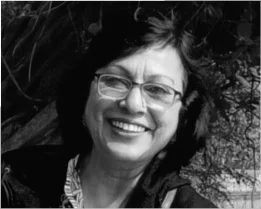
THE JURY
Kavita Nayar
Artist, New Delhi
It was profoundly moving to receive the invitation to serve as a juror for the second time at Artscapes. Upon entering the exhibition hall, I was immediately captivated by the vitality emanating from the artworks of women artists – be it their paintings, sculptures, or printmaking. This marks the 10th edition of the All India Contemporary Women Artists’ Art Exhibition, and witnessing Artscapes, a nonprofit organization, steadfastly championing women artists for nearly a decade is truly heartening. Artists from across the globe, including India, have enthusiastically submitted their works for consideration.
In the professional category alone, we received 644 applications, from which the initial jury selected 74, while in the student category, 31 were chosen out of 224 submissions. My responsibility lay in curating the finest pieces to bestow awards in both categories. The abundance of outstanding and distinct works made the task arduous. Notably, the printmaking category boasted the highest number of entries. Observing the vivacious contemporary art scene nurtured by women artists filled me with joy. Their creations exuded remarkable passion, precision, and dedication—qualities inherently associated with women. It was enthralling to witness the diverse techniques and mediums these artists explored. Despite the challenge of selecting the best among exceptional works, I endeavored to ensure that the forthcoming exhibition embodies a cohesive fusion of concept and skill.
I extend my heartfelt congratulations to the organizers of Artscapes for perpetuating this unique initiative, spotlighting the pivotal role and significance of female artists in society through an exclusive exhibition featuring talents from India and beyond.
About Kavita Nayar
Kavita Nayar, born in Amritsar in 1957, embarked on her artistic journey by obtaining a bachelor’s degree from Shantiniketan (West Bengal) and a master’s degree from the College of Art, New Delhi. Her illustrious career has been adorned with numerous accolades and scholarships, including the prestigious National Scholarship and a French Government scholarship for Printmaking at Ecole Des Beaux Arts and Cite Internationale Des Arts in Paris.She has been honored with the Charles Wallace India Trust Fellowship during her tenure as a visiting artist at Oxford University, England, as well as the Creative Fund fellowship and residency in Luxembourg. Kavita Nayar’s artistic endeavors have also been supported by travel grants to Sweden and Mauritius, along with Senior and Junior fellowships from the Ministry of HRD, India, and a Research Grant from Lalit Kala Akademi.Her contributions to the art world have been recognized with awards such as Group 8 and AIFACS awards, an Honorable mention in the National Exhibition of Lalit Kala Akademi, and the Bharat Nirman Award for outstanding contribution in Visual Art. Notably, she has received the Critic’s Choice Award from the World University Of Design. Kavita Nayar’s artistic prowess has taken her across the globe, where she has participated in workshops and presentations, leaving an indelible mark on art communities in countries including France, England, Sweden, Hungary, Luxembourg, Mauritius, USA, China, Korea, Greece, Bhutan, and Bangladesh.Her solo exhibitions have graced prestigious venues such as Bose Pacia Modern in New York, Oxford University in England, Otterbein University in Ohio, and many others in Delhi, Kolkata, and Mumbai. Her works adorn esteemed collections including those at Prime Minister House (Panchvati Hall), Rashtrapati Bhawan, Ministry of Civil Aviation in New Delhi, National Gallery of Modern Art, New Delhi, Lalit Kala Akademi, National Bibliotheque in Paris, Otterbein University in Ohio, as well as in collections in Korea, Bangladesh, and numerous important academies and corporate houses in India and abroad.Currently, she serves as a visiting professor at the College of Art, Delhi, and is a Trustee of the NGO, Kala Sakshi Memorial Trust (www.kalasakshi.org), dedicated to scholarship and mentoring programs for young and deserving art students nationwide.
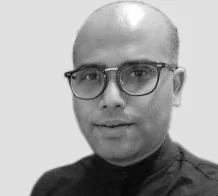
CHAIRPERSON
Dr. Tirthankar Bhattacharya
Chairperson , Department of Art History & Visual Arts; Director , Fine Arts Museum Panjab University , Chandigarh
Through the eyes of a Rasika
Each month has its share of poetic musings ,and the month of April is no exception where the weather is pleasantly nippy in the city beautiful, Chandigarh and we all eagerly await the ‘All India Women’s Artists Contemporary Art Exhibition’. Undoubtedly, April seems to be the best time within the year to turn attention towards art … a month which is intoxicatingly mesmerizing!
One is drawn inexorably to the youthful energy of the exhibits at the galleries of the Fine Arts Museum which is a heritage building known for its beautifully designed galleries. Interestingly, the Museum of Fine Arts is also celebrating its 55th Anniversary.
The department of Art History & Visual Arts has been hosting the ‘All India Women’s Artists Contemporary Art Exhibition ‘since almost its inception which has been providing a platform to promote excellence in various dimensions of visual art. Their endeavor is to bring together all the visual art mediums. This bridges the gap between the art creator, the critic and the art connoisseur. For the student of modern art history the exhibition allows a thrilling opportunity to come face to face with the art of contemporary women artists under one roof.
Moreover, this exhibition is not concerned with the retrospective analysis, instead it records live, as it were, mirroring the contemporary art created by women artists who dwell more extensively on new trends rather than a reexcavation of the past. However, art and the artist should not be categorized on basis of gender per say, but as one glides through the galleries with its array of display, one is surely intrigued by the plethora of sensitive themes and content, which somehow
tempts us to comment that a women artist might just be a bit more empathetic towards the sensitive portray of a particular bhava, a visual response to the given condition. As light filters into the sun kissed galleries, each artwork looks enigmatic and extremely inviting. This April, art lovers have an eclectic collection of creative expression displayed for them. Time to taste art through the eyes of a viewer …. The rasika as per the Indian aesthetic parlance.

